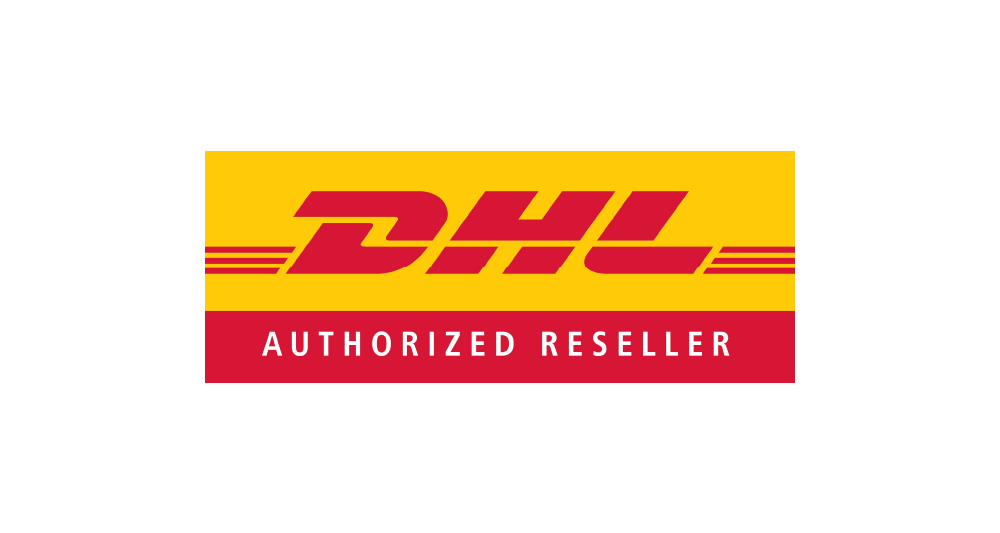Written by Greg Hewitt, DHL Blog
In its most basic form, logistics is all about planning for the future. It’s about determining the best way to build, implement and manage supply chains today that will deliver efficiently and effectively tomorrow and beyond.
For businesses in the booming e-commerce arena, logistics and shipping represent the final and essential factor in the equation for success. Ultimately, all the investments and energy devoted to product evaluation, sales, marketing and customer engagement will amount to little if you can’t get your goods quickly and securely into the hands of waiting buyers. So e-commerce business owners and managers are by default always thinking about and planning for the future.
This is particularly true for those involved in the rapidly expanding global e-commerce business. When you go global, the field of potential new customers unfolds into new dimensions. But the logistics and the overall plan for your future success also become more complex as you move into international markets. You’re entering the realm of Customs, duties and taxes, and specialized global shipping.
As 2018 comes to a close, it’s time to take the future by storm and meet the challenges of international trade from a position of strength. Start by examining the following three major global issues in logistics and global trade that will define 2019.
Technology Advances
Technology is at the heart of e-commerce and the rise in global retail sales. In 2019, continued advances promise to make the task of moving goods across borders easier and faster. Consider that blockchain technology may one day streamline how Customs information is communicated through every stage of the process. DHL is working with Customs authorities to develop a pilot program next year that would employ blockchain to move shipment information from customers to border security seamlessly and securely. The result could be faster processing and fewer delays for international shipments, which means faster delivery to your global buyers.
Another technology that will continue to make a difference is 3D printing. In a Logistics Trend Radar report, DHL has identified 3D printing as a major disruptive force in the logistics world, altering distribution channels and methods so that parts or entire products can be printed on demand anywhere. In addition, raw materials for printing will increasingly be in demand, and logistics providers will likely be moved to create “just in time” shipping strategies so that production can proceed smoothly, and uninterrupted.
By 2030, many manufactured goods could simply be 3D printed. Consider that even today, fashion design students can create a dress by transmitting the plan to a manufacturer, who will print it in the selected material and then have it shipped within 24 hours. The challenge now is to figure out how to fully leverage 3D printing, including how governments will capture revenue.
Trade Agreements
Likely to be finalized next year, the U.S.-Mexico-Canada Agreement (NAFTA’s successor) has important implications for global traders. Canada will raise its de minimis level for the first time in decades, from CAD20 to CAD40 for taxes (de minimis used to include duties and taxes, but now they are separated). Canada will also provide for duty-free shipments up to CAD150. Mexico will continue to provide USD50 tax-free de minimis and also provide duty-free shipments up to the equivalent level of USD117. Shipment values up to these levels would enter with minimal formal entry procedures, making it easier for more businesses, especially small- and medium-sized e-commerce companies, to be a part of cross-border trade. Canada will also allow a period of 90 days after entry for the importer to make tax payments.
Last Mile Improvements
The last mile of delivery promises to be one of the most analyzed and debated issues of 2019. As e-commerce continues to expand in markets around the globe, and as urbanization grows, the challenges involved in the final phase of delivery become more pronounced – and in need of new solutions. According to research from DHL and Euromonitor, more than 600 million people are forecasted to live in urban environments by 2030. Four main trends are shaping urban last mile transportation: localized delivery, flexi-delivery networks, seasonal logistics and evolving technologies. To achieve a competitive advantage, companies will need to adapt their supply chains to the changing market environment – and quickly.
In addition, the International Chamber of Commerce is challenging companies in the next year to come up with last mile policies. The goal is to find new solutions not just related to the delivery process itself, but to the larger issues of market access and differences in urban versus rural delivery modes. Across the logistics industry, experts will be examining how to strengthen infrastructure, address environmental concerns and improve access to remote areas. They will look at physical barriers to reaching businesses and homes, taking into account the locations of airports and other transportation facilities around the globe.
At DHL, we continue to develop strong solutions to make delivery more efficient and give customers (and those receiving material from customers) more control over when and how their deliveries move. Our DHL on Demand program is a good example, allowing shippers to activate specific delivery options and have DHL Express notify customers via email or text about a shipment’s progress.
Keeping global e-commerce in high gear requires a constant focus on simplifying logistics and trade. In 2019, e-commerce companies that want to stay ahead should keep a close eye on new developments and new ideas.
What is your business doing to strengthen your global plans next year? Let us know on Twitter @DHLUS.
Source: DHL Blog




